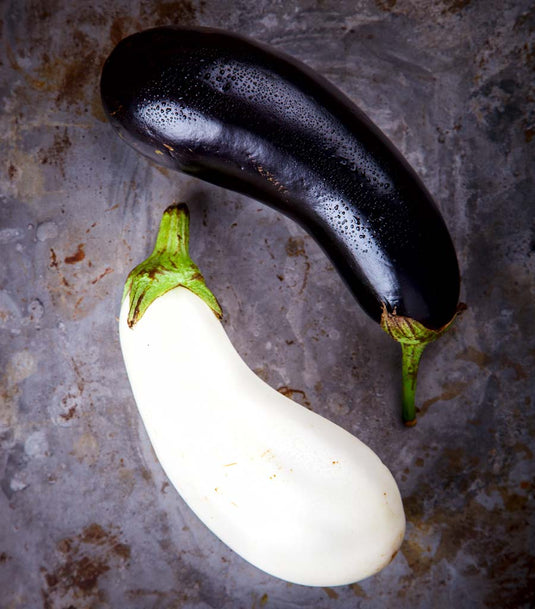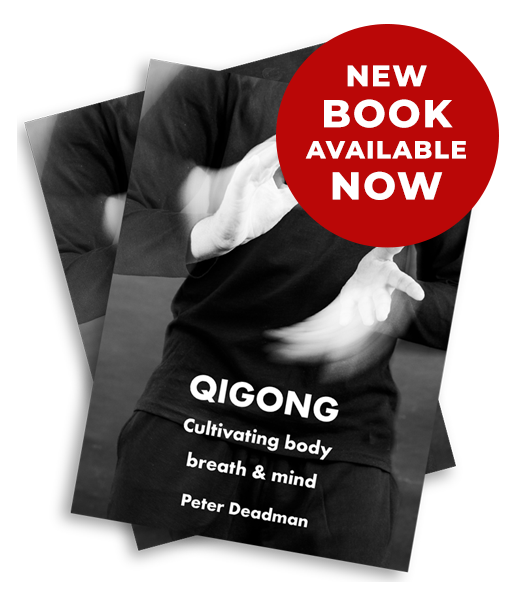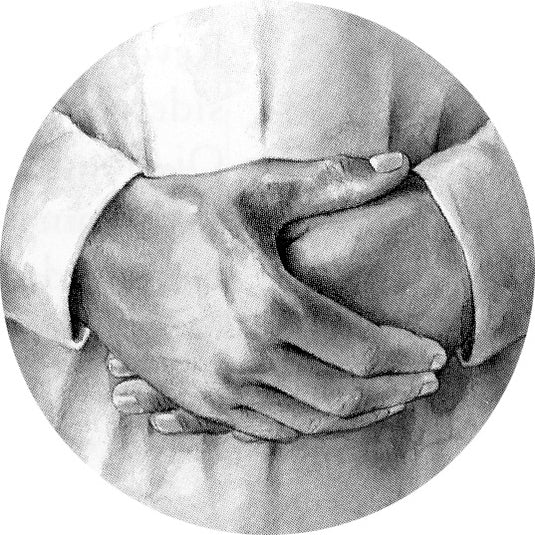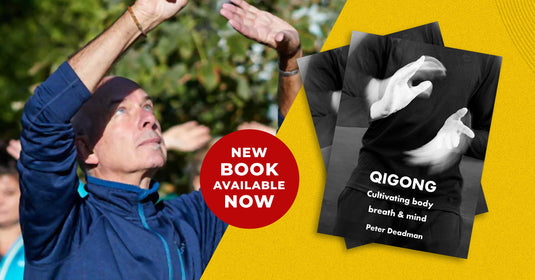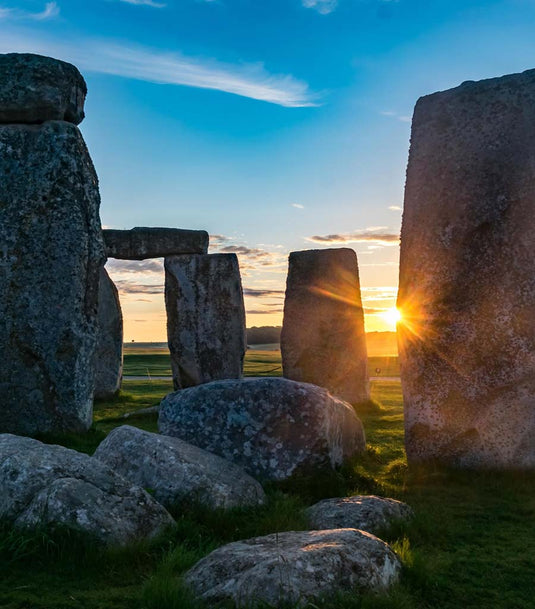“Flowing waters do not stagnate because they move. The qi and the body are also like this. If the body does not move the qi will coagulate.” The Annals of Lu Buwei, 3rd century BCE
“Moving, be like water, still, be like a mirror” Zhuangzi, 3rd century BCE
This is the first in a series of blogs about yinyang in the practice of qigong. Though outwardly simple, yinyang theory offers meaning and insight into almost every aspect of our existence and it could be argued that the whole of qigong is an exercise in understanding, embodying and playing with it. [At the end of this first discussion I have pasted a passage explaining general yinyang theory from my book Live Well Live Long: Teachings from the Chinese Nourishment of Life Tradition].
In this first blog I want to explore the relationship between nourishing (yin) and moving (yang) in the practice of qigong.
Qigong draws from many different sources – Daoism, Buddhism, martial arts, Chinese medicine, folk practices and more. It therefore covers a wide range of practices from quietly standing or sitting with a focus on internal softness, slow deep breathing and quietening the heart/mind, through to powerful moving and strengthening forms such as the five animal frolics and the baduanjin (eight silken movements). If we extend our practice into the internal martial arts of xingyiquan and baguazhang especially, we add in swift, vigorous and moderately aerobic movement.
Nourishing
Traditional Chinese self cultivation practices (of which qigong is one) are designed to maximise health and wellbeing, stabilise and expand the heart/mind and increase longevity, and can be included within the term yangsheng/nourishment of life – the two and half thousand year study of how to achieve these aims.
The very act of living gradually consumes our essential energies (jing) until they eventually run out and we decline and die. However, with the right lifestyle we can delay this process. This is why yangsheng teachings first of all emphasise the basics of good dietary habits, ample rest and sleep, and nourishing ourselves through intimacy with fellow humans and animals as well as contact with nature, art and music. At a deeper level, practices such as holding a stable and aligned posture and releasing tension through the body, breathing deeply and slowly into the dantian (‘field of elixir’ in the lower belly), and stilling the mind can build and restore what is called our essence (jing) – the strength of which ultimately determines how well we age and how long we live.
Nourishing methods of this kind should form part of any balanced qigong practice. They are especially important if we are exhausted, ill, convalescing or suffering from problems like anxiety, insomnia, worry etc. For extreme fatigue (for example post-viral syndrome, ME, fibromyalgia, long Covid, cancer etc.) we may need to avoid moving practices altogether and start to add them only gradually and patiently to avoid exhaustion.
Healthy or sick, though, we can get profound enrichment on every level of our being from nourishing practice. However, we should also be aware of some possible pitfalls.
Chinese dietary theory offers one good example of why. Rich and nourishing (wei) foods are an essential part of the diet. They include oil and fat, dairy, fish, meat, nuts, strong flavours and so on. If we do not eat enough of them we can suffer from malnourishment. However, if we consume too much (as in most modern Western diets) and especially if we lead a sedentary life, they can cause stagnation and give rise to all manner of diseases.
In the same way too much still, yin practice risks causing weakness of the body, excessive inward focus and internal stagnation. This is especially the case if we suffer from depression – usually characterised in Chinese medicine as due to stagnation of qi (pronounced chee – maybe think of ‘all physiological processes’) and blood, in which case we should do more moving and outward-going practices, rather than still internal ones.
Young people also often find that yin practices such as qigong standing, meditation and slow mindful-movement are difficult to tolerate as their yang energy is strong, and they usually need to do more vigorous, external, moving exercise such as sports and martial arts.
And it’s not just young people who may find this work challenging. For those unused to stillness, even a few minutes of qigong standing can give rise to feelings of frustration, anger or resentment as well as physical discomfort and pain, and there may be an uncontrollable desire to move. This reveals layers of body/mind stagnation that underlie our normal state and which we are accustomed to ignore. Sometimes other powerful feelings can bubble up and give rise to weeping, laughter, or the unexpected upsurge of memories. While we should never force ourselves to endure any of these challenges to the point of putting us off practice altogether, it is good to persist – observing, not getting caught up in them and always aiming to soften and release.
Moving
One of the simplest definitions of health in Chinese medicine is ‘free flow’. This describes the uninterrupted movement of qi, blood and body fluids through the body (as well as a free and easy state of mind).
Remember that there are 100,000 miles of blood vessels in the body, and the blood needs to flow to the most distant and minute capillaries in order that every single cell can be nourished.
Drawing from the traditional Chinese internal martial arts, qigong takes the body through its entire range of natural movement – lengthening, releasing, opening, closing, spiralling and twisting – mobilising all the body tissues while always maintaining release and softness. This will help develop broad physical skills and keep qi and blood flowing so that all bodily processes can perform to their optimum.
Nowadays we all know how important regular movement is for mental and physical health and wellbeing, right through into old age, and in normal times gyms are packed with people running on treadmills and pumping weights, while streets and parks are full of joggers. Aerobic exercise, is especially popular. It promotes flow of qi and blood by increasing the pumping action of the heart, does so more rapidly than any other method, and can be achieved with minimal skill or practice. However, as with yin stillness practices, there are some potential pitfalls to be aware of with unskilled or excessive movement.
The most obvious is the risk of injury found with many sports, including running – especially if running style is uncoordinated and misaligned.
Over-training can also weaken the immune system and impair the body’s self-repair mechanisms. This happens when it is too forceful – tipping the autonomic nervous system into an almost permanent yang, fight-or-flight, sympathetic-dominant state. This gives rise to cell inflammation and failure of the normal cell repair that comes from a return to a yin parasympathetic-dominance. Hyper sympathetic stimulation can also affect us emotionally and lead to greater hostility, fear and lack of trust and emotional connection.
Vigorous exercise (whether strength-training or aerobics), while a valuable form of self-medication for many kinds of emotional stress, can also obscure the need to address the root of the problem. In Chinese medicine, stagnation lies at the root of much depression, frustration, resentment etc. and working out in the gym or going for long runs can rapidly move and break through this stagnation, leaving us feeling more at ease. But since it treats the symptom, not the cause, the dose has to be repeated – more often or more intense – to get the same effect, leading to exercise addiction. In this case, the right amount of internal practice, emphasising mindfulness, relaxed movement and mental stillness can help dispel the stagnation at a deeper level.
Finally, modern exercise science is increasingly coming round to echoing the words of the great 7th century doctor Sun Simiao, “The way of nurturing life is to constantly strive for minor exertion but never become greatly fatigued and force what you cannot endure,” and, “The way of nurturing life consists of … never sitting nor lying for a long time … extended lying down damages the qi … extended sitting damages the flesh.”
Over the past century or so we have abandoned nearly all the natural eveolutionary movements that helped shape our human bodies – walking, squatting, chopping wood, hunting, digging, carrying, dancing, running etc. We have farmed most of these out to machines and have created deliberate exercise routines to replace them. Yet it is becoming clear that even the most vigorous daily workout cannot substitute for the qi and blood moving benefits of constant minor movement and a relaxed body/mind. In fact one consequence of hard training is that we may end up feeling tired – satisfied that we have satisfied our movement needs for the day – and are less likely to walk rather than drive, or climb stairs rather than take the elevator.
The optimum amount of exercise is invigorating and makes us want to move more throughout the whole day, and the evidence is clear that those who do moderate exercise achieve more overall daily movement than those who go for the burn. It is also clear that the health benefits of moderate exercise combined with steady movement through the day (i.e. less sitting) are greater than a single concentrated hard workout.
Yang within yin and yin within yang
So both yin stillness and yang movement are essential parts of qigong self-cultivation. How much we emphasise one or the other will depend on many factors – our age, health, mental state, our needs on a particular day and so on.
Yet yinyang theory teaches us that there is always yin within yang and yang within yin, hence, “In all stillness there must be movement and in all movement there must be stillness”.
This means that during quiet standing qigong we softly open the body vertically and horizontally while releasing the soft tissue. When there is minimal holding or tightness (physical or mental/emotional), then qi can follow its nature nature and flow through the body without obstruction, carrying blood and body fluids with it. This is movement within stillness. And by contrast, even in the most vigorous qigong forms we try to hold a quiet mind and remain as soft and released as possible, maintaining stillness within the heart of movement (and in the internal martial arts within the heat of battle).
About yinyang from Live Well Live Long: Teachings from the Chinese Nourishment of Life Tradition
Yinyang is a binary theory which posits two complementary forces (yin and yang) manifesting throughout existence. They oppose yet restrain each other, control yet give birth to and support each other.
Yang is associated with qualities such as fire, heat, brightness, light, the sun and sky, movement and action, ascending, the upright position, hardness and masculinity. In the body, it describes function (e.g. the beating of the heart, the persistalsis of the intestines, metabolic activity, vitality etc.) and in the natural world, dawn and daytime, spring and summer.
Yin is associated with water, coolness, darkness, receptiveness, the moon and the earth, night-time, rest and nourishment, descending, the lying down position, softness and femininity. In the body, it describes structure and materiality (flesh, muscle, blood, fluids etc.), and in the natural world, evening and night, autumn and winter.
Yinyang theory observes that:
• When either yin or yang reaches an extreme, it transforms into its opposite in an ever-flowing cycle. As dawn breaks, yang (light, warmth and activity) grows and reaches its peak at midday. Then it must inevitably decline as yin (darkness, cold and quietness) starts to grow, at first imperceptibly but soon into the extremity of yin in the middle of the night. We see the same process in the slow turning of the year – spring, summer, autumn, winter – and in the cycle of human life – birth, maturity, ageing and death. This awareness of extremes inevitably turning into their opposite also guided early Daoist philosophy. As the 4th centure BCE Daodejing says, “Better stop short than fill to the brim. Oversharpen the blade and the edge will soon blunt,” and in a passage that also serves to illustrate the power of the soft martial arts, “Yield and overcome; Bend and be straight; Empty and be full.[ii]“
• Yin and yang are opposite yet complementary and each contains the seed of the other. This is expressed most clearly in the famous yinyang symbol (known as the taijitu – supreme ultimate diagram). A circle is divided into two flowing parts, one black one white, each containing a dot of its opposite colour. One example of the way this understanding is used is in the practice of meditative qigong standing. The body is completely still (yin), yet through the practice of softening and relaxing, internally everything (qi and blood) flows more freely. By contrast, in the practice of moving qigong or tai chi, there must be internal stillness – a calm, unmoving centre.
[i] In Graham, AC (1989). Disputers of the Tao: Philosophical Argument in Ancient China. Open Court Publishing, Chicago, IL.
[ii] Daodejing, 5th century BCE
Tao Te Ching, Lao Tsu. Trans. Gia-fu Feng and Jane English, Vintage Books 2011. Verses 9 and 22.
